Most Common Reasons For Sudden Hair Fall
Hair shedding is a process that you experience every single day. It is an established fact that humans lose 50 to 100 strands of hair on an average daily, which means most of the shedding that you see isn't a cause of concern. However, there are some times that you experience shedding that is greater than usual.
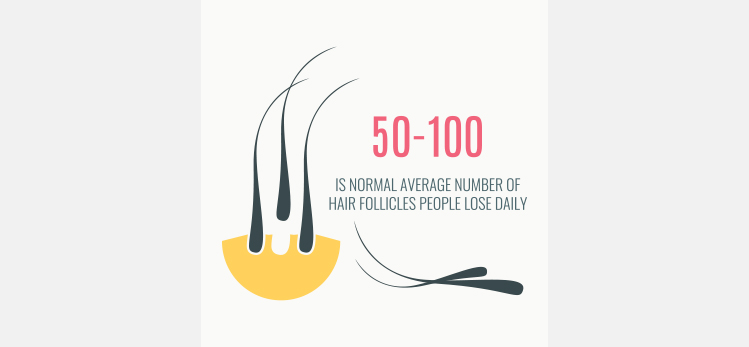
Excessive hair shedding can be traumatic to people, as it can greatly impact their social lives. Living with thinning hair or excessive shedding is psychologically taxing; sometimes, there may even be an underlying cause (a health condition or disease, for example) causing excessive hair loss.
There is no need to be alarmed, as today's medical science allows dermatologists to accurately diagnose the causes of sudden hair loss and help control it. Let's see some of the reasons for sudden hair fall.
The Most Common Reasons for Sudden Hair fall
More often than not, the most common reason for sudden hair fall is related to lifestyle and, sometimes, stress. There is no need to panic as disease rarely causes sudden hair fall. Let's look at this in more detail.
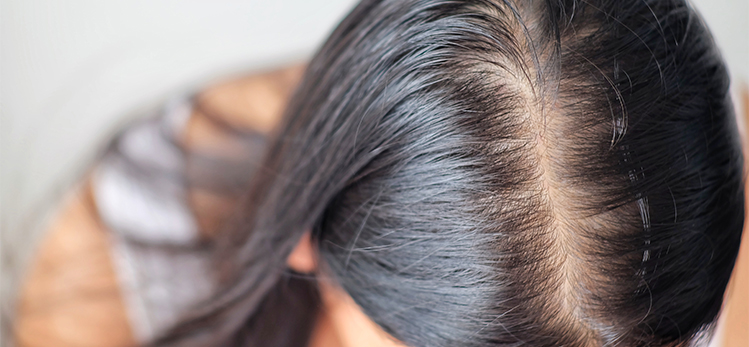
Stress
Stress is a "silent killer". If you are suffering from chronic stress, the hormonal levels in your body are unbalanced. This could be causing the follicles on your scalp to be forced into the resting phase, causing a stoppage of new hair growth. While your hair is still falling out, your follicles aren't producing any new hair. This is why it is important to manage stress to control hair loss.
Pregnancy/Childbirth
While pregnancy and childbirth are blissful experiences, the fact remains that a woman's body undergoes drastic changes. This causes the body to go through immense strain. A rise in estrogen levels causes the hair to fall off. On the contrary, after childbirth, as estrogen levels fall, women experience hair fall again.
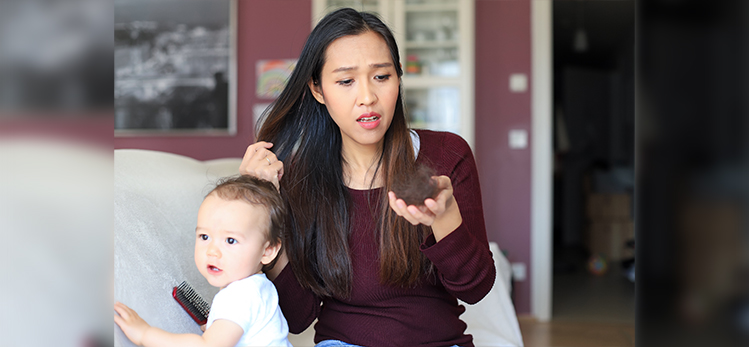
Illness
When you are ill, your body is under a lot of strain. In addition to fighting off the pathogens, you are consuming strong medication to get the sickness under control. All of this adds up to experiencing undue and sudden hair fall.
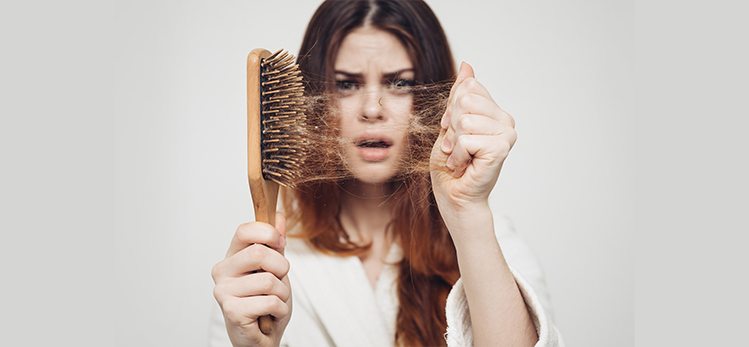
Recovery from illness / Medication aftereffects
While being ill does cause hair fall, when your body is in the recovery process, you will still experience shedding that is greater than usual. This is primarily because your hair follicles being in the Telogen Effluvium phase due to the illness. This is the phase where your follicles aren't producing any new hair. It takes a few weeks to get back to normal.
Different Kinds of Alopecia
Alopecia - whether patchy or overall - is a severe hair loss condition that may or may not be temporary. Alopecia aerata causes sudden patchy baldness, whereas Androgenetic Alopecia causes Male Pattern Baldness. There are other kinds of alopecia that result in permanent or temporary overall thinning of hair or excessive shedding. It is best to get in touch with your dermatologist for suitable treatment at the earliest.
Nutritional/Medical Problems
Sometimes, sudden hair loss can be a direct result of nutritional deficiencies in your body or of underlying conditions or disease. Conditions such as thyroid cause hair thinning and need medical attention. If you are into a new kind of diet programme, ensure that you ingest all the necessary nutrients your body needs.
Haircare for Sudden Hair fall
The good news is that sudden hair fall can be managed, and you can get your healthy hair back. There is an amount of discipline involved and certain lifestyle changes, but they aren't very difficult to do. Here are a few tips.
1. Reduce stress- Cortisol is very bad for the body anyway - managing your stress will bring you closer to your hair goals. Ensure that you are sleeping enough, meditating and relaxing every day.
2. Biotin- Taking supplements to promote hair growth helps your body get enough nutrients to support healthy hair. Biotin is a good supplement.
3. Massage- Oil massages help to get the blood flowing properly in your scalp. Nutritioning your hair follicles through regular massages helps a great deal in maintaining good quality hair.
4. Sleep- A disturbed sleep cycle can cause many problems - hair shedding is just one of them. Manage your sleep cycle well to have a good tuft of hair on the head.
5. See a doctor- Never shy away from visiting a medical or skin professional if you believe your hair shedding is getting out of hand. You may also visit your dermatologist in case you are experiencing male or female pattern baldness.
Conclusion
Regardless of the reason, it is important to know that sudden hair fall isn't permanent, and you can get your healthy hair back if you pay attention to your lifestyle and manage to live healthily.
Myth Busters HairFall
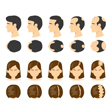
Androgenetic Alopecia - Everything You Need To Know
Have you been experiencing excessive hair fall over a prolonged period of time? It could be an early sign of androgenetic alopecia. It is a hair loss disorder common in both genders and can lead to progressive thinning and even baldness in some patients if not caught and treated early.

How To Make Hair Grow Faster For Men
A head full of healthy hair is a matter of confidence. Hair has its own mechanism of growing and shedding, and it is when this mechanism is thrown off that growth is hindered. Especially in the case of males, hair growth faces a lot of hiccups that can easily be managed.
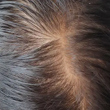
Female Pattern Baldness - Causes & Treatments
Have you suddenly noticed an increase in the number of hair strands on your pillow in the morning? Or is your ponytail getting thinner by day? Well, you might be suffering from female pattern baldness. While that does sound scary, identifying it early on is key to treating this condition effectively. So keep reading to know what this is, how you can identify it, and most importantly, what treatments you can avail of to get your beautiful lustrous hair back.
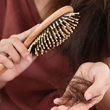
What Are The Reasons For Hairfall?
Almost everyone experiences some amount of hair thinning over the years. Shedding around 50 to 100 single strands of hair per day is considered normal. However, losing more than 150 strands a day, experiencing sudden thinning, or developing circular bald patches on your scalp are reasons for concern. Hair loss occurs when new hair doesn’t grow fast enough to replace the amount of hair you lose daily. Hair can fall due to various reasons, with hereditary hair loss and poor nutrition being the most common hair fall reasons.

Expert Approved Tips For Hair Growth
What can be more debilitating than seeing hundreds of hair strands shedding from your scalp every time you brush your hair? Also, excessive molting occurs during seasonal changes that can be very stressful for you. Although it’s okay to lose between 50-100 strands every day, according to the American Academy of Dermatology, the problem occurs when you start shedding more than normal. But that doesn’t mean you have to feel helpless as there are ways to grow your hair back. Even if you are coping with baldness or alopecia, certain hair growth tips from dermatologists can come to your rescue. Read on to discover how these tips can be your savior when abnormal hair fall problems are in sight.
Trending Videos
+ 3 Sources
LMRC - GGI-CO-A2-DMA-300026126-300026126-WM-J21-413
© 2021 Dr. Reddy’s Laboratories Ltd. All rights reserved.